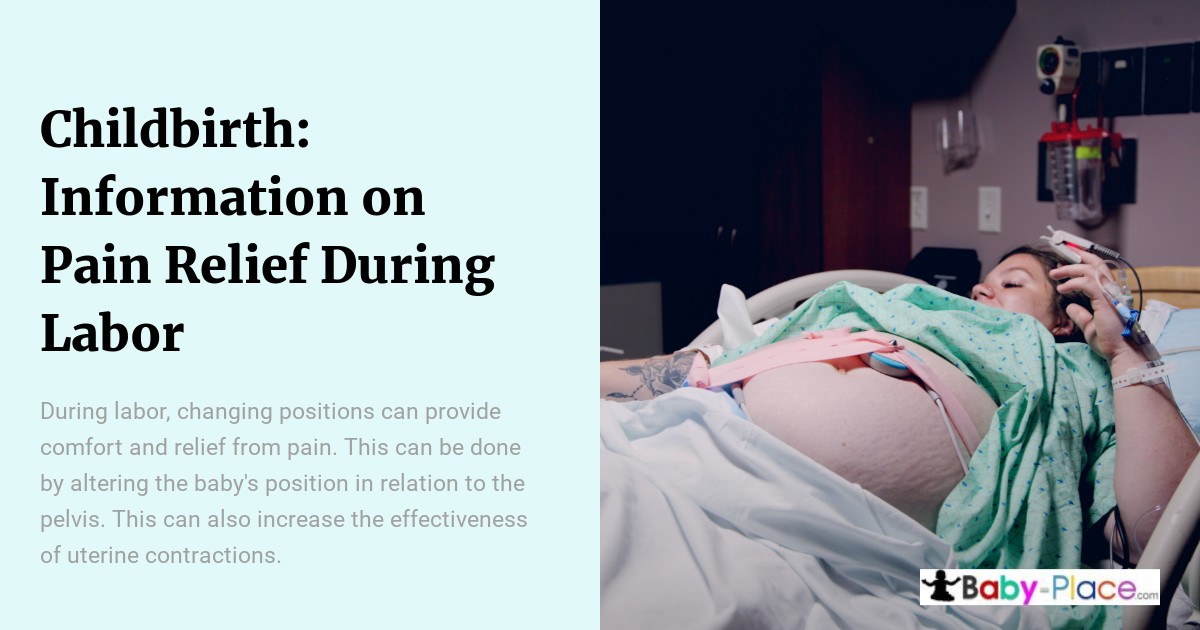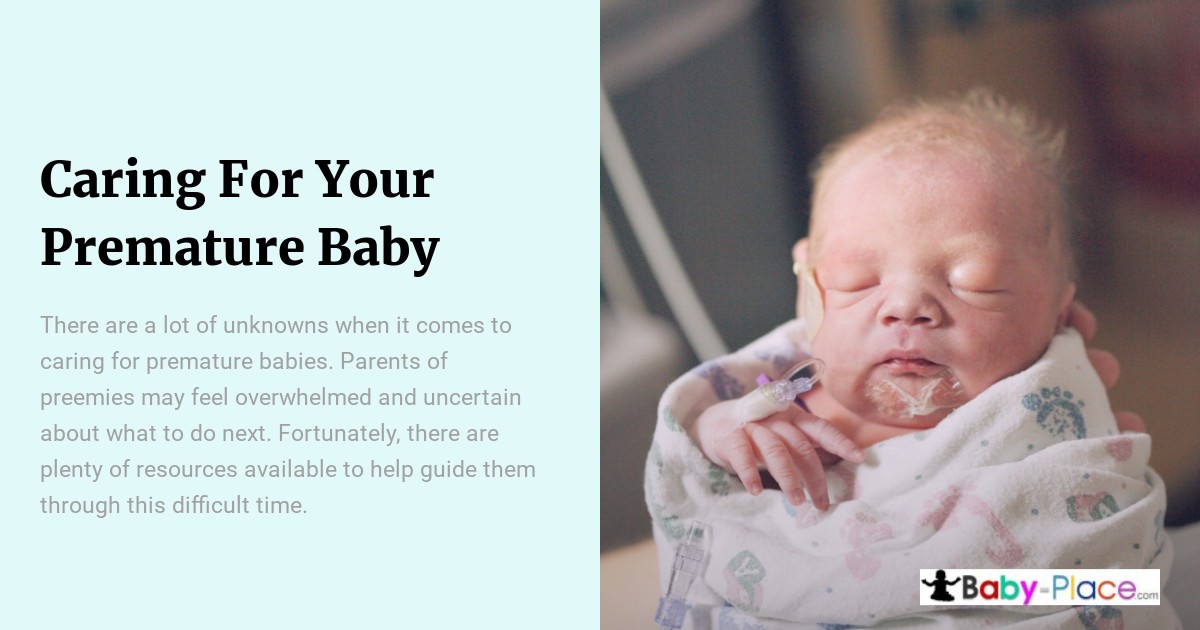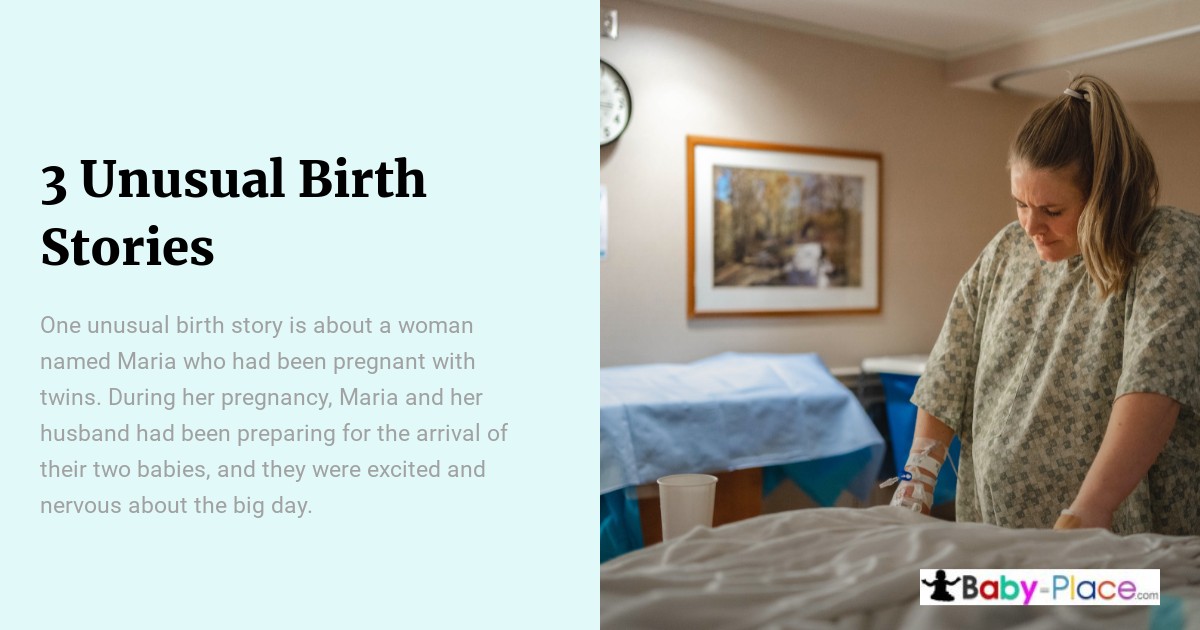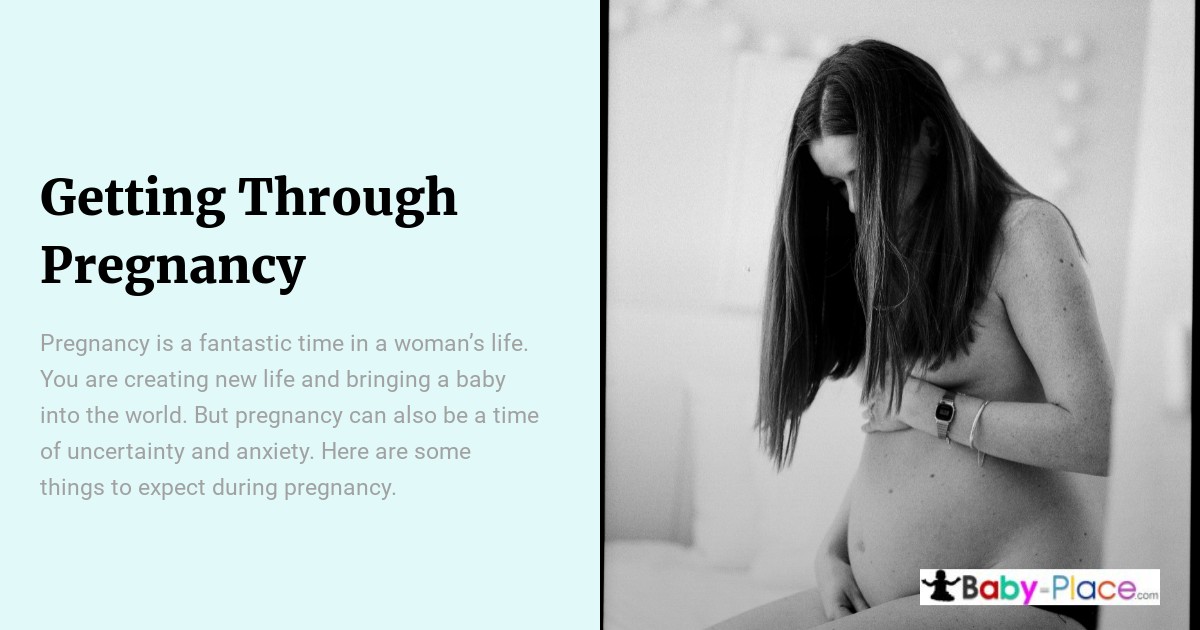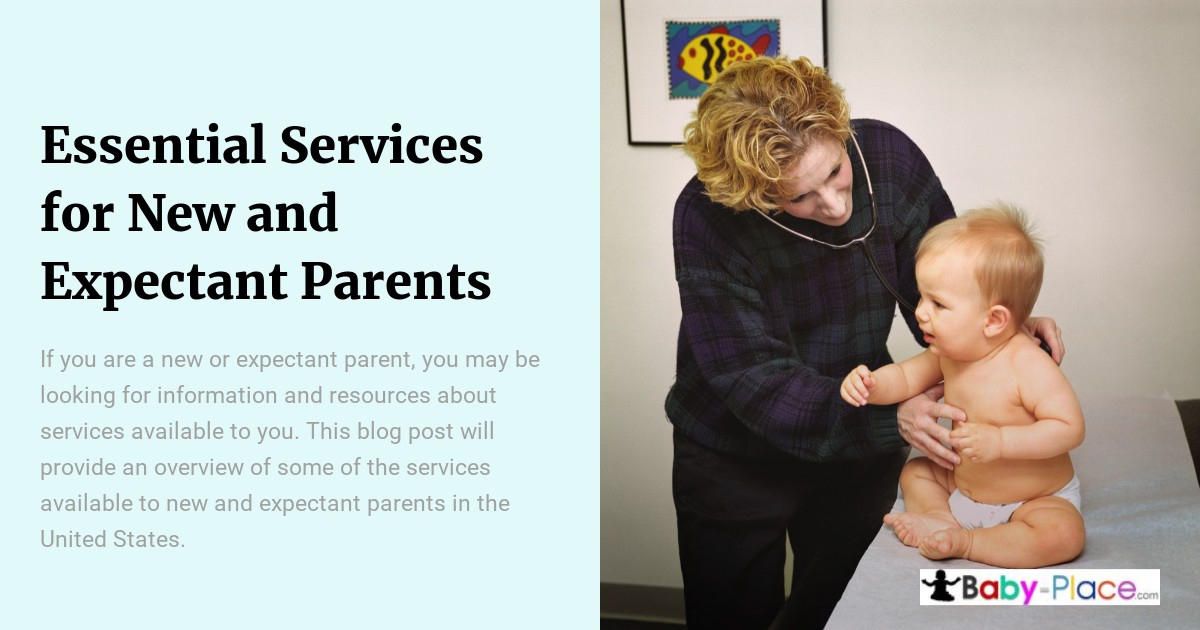Changing positions during labor.
During labor, changing positions can provide comfort and relief from pain. This can be done by altering the baby’s position in relation to the pelvis. This can also increase the effectiveness of uterine contractions.
It is important for the mother, her support person, and the nurse to work together to find the best positions for the mother. Some examples of positions that may be helpful during labor include walking, lying on one’s side, and using the hands and knees position.
Walking during the early stages of labor can help position the baby and use gravity to the mother’s advantage. This can relieve pain and discomfort by allowing the mother to move and stretch her body.
Lying on one’s side in the birthing bed can be useful in labor’s early and later stages. This position allows the mother to rest and relax while still being able to move and change positions. It can also be helpful to use pillows for support and to open up the pelvis.
The hands and knees position is another position that can be helpful during labor. This position allows the mother to rock her pelvis and can be especially useful for rotating the baby’s head. It can also provide relief from back pain.
Ultimately, the best positions for relieving pain during labor will vary for each person.
Walking during the early stages of labor.
Walking during the early stages of labor can be helpful in several ways.
First, it allows gravity to work, which can help the baby move into the correct position in the pelvis. This can make the labor process easier and more comfortable for the mother.
Second, walking while in labor keeps the mother upright, which can also help position the baby. Finally, walking can relieve pain and discomfort by allowing the mother to move and stretch her body. For mothers who need continuous fetal heart monitoring, a wireless system can allow for movement while still monitoring the baby’s heart rate.
Continuous fetal heart monitoring.
Continuous fetal heart monitoring is a way to track the baby’s heart rate during labor. This can provide important information about the baby’s well-being and alert the healthcare team to potential problems.
In the past, continuous fetal heart monitoring required wires attached to the mother, which limited her movement. However, modern technology has made it possible to do continuous fetal heart monitoring wirelessly.
This allows the mother to move around and walk during labor. The wireless system uses sensors placed on the mother’s stomach and a receiver that the healthcare team can use to monitor the baby’s heart rate. This allows the mother to move freely while still being monitored.
Relaxation techniques.
Relaxation techniques, such as massage, can help relieve pain during labor. Massage can help relax the muscles and reduce tension, which can relieve discomfort and pain.
Massage can be done by the mother’s support person, such as her partner or a nurse, using gentle, soothing strokes. This can be especially helpful in the later stages of labor, when the mother may feel more pain and discomfort. Massage can also be combined with other relaxation techniques, such as deep breathing and visualization, to help the mother relax and cope with the pain of childbirth.

